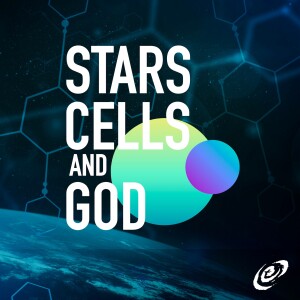
Wednesday Jul 10, 2024
A New Organelle? and Atmospheric Oxygenation
A New Organelle?
A team of life scientists has claimed to discover a new organelle (called a nitroplast) that fixes nitrogen. It looks like this organelle evolved from an endosymbiont that assumed permanent residence in a eukaryotic cell. If so, this discovery provides support for the endosymbiont hypothesis, challenging the notion that a Creator is responsible for life’s origin and design. In this episode, biochemist Fuz Rana describes this work and its significance to life’s history, and offers a critical assessment of the study’s conclusion.
Atmospheric Oxygenation
An international team of 17 scientists has proposed that a dramatic weakening of Earth’s magnetic field caused an oxygen level jump 575 million years ago. They showed that a much weaker magnetic field would cause solar particles to split apart water molecules in Earth’s atmosphere into hydrogen and oxygen. The hydrogen would escape to interplanetary space, leaving the oxygen to accumulate in Earth’s atmosphere. They demonstrated that that the magnetic field decline is sufficient to explain most of the rapid oxygen rise (from 2% to 8%) that occurred at the time of the Avalon explosion, which marked the first appearance of macroscopic animals. In this episode, Hugh Ross explains that the transition of Earth’s core from being 100% liquid to where a solid inner core begins to form would explain the dramatic weakening of Earth’s magnetic field—and the minimum oxygen level needed for complex life—that occurred 0.6 million years ago.
Links and Resources:
No comments yet. Be the first to say something!